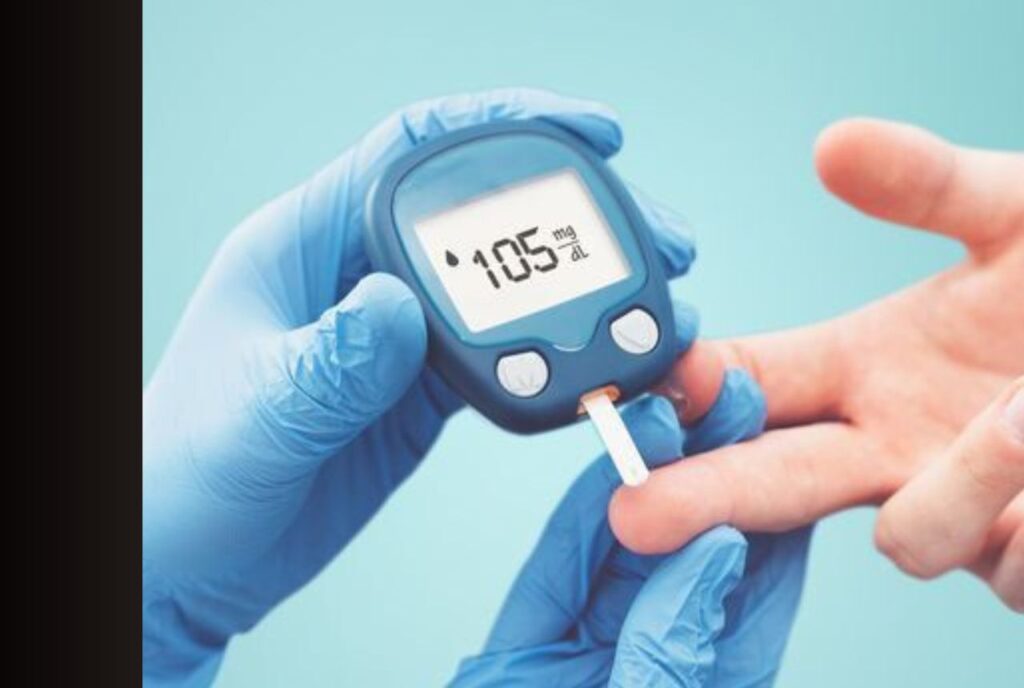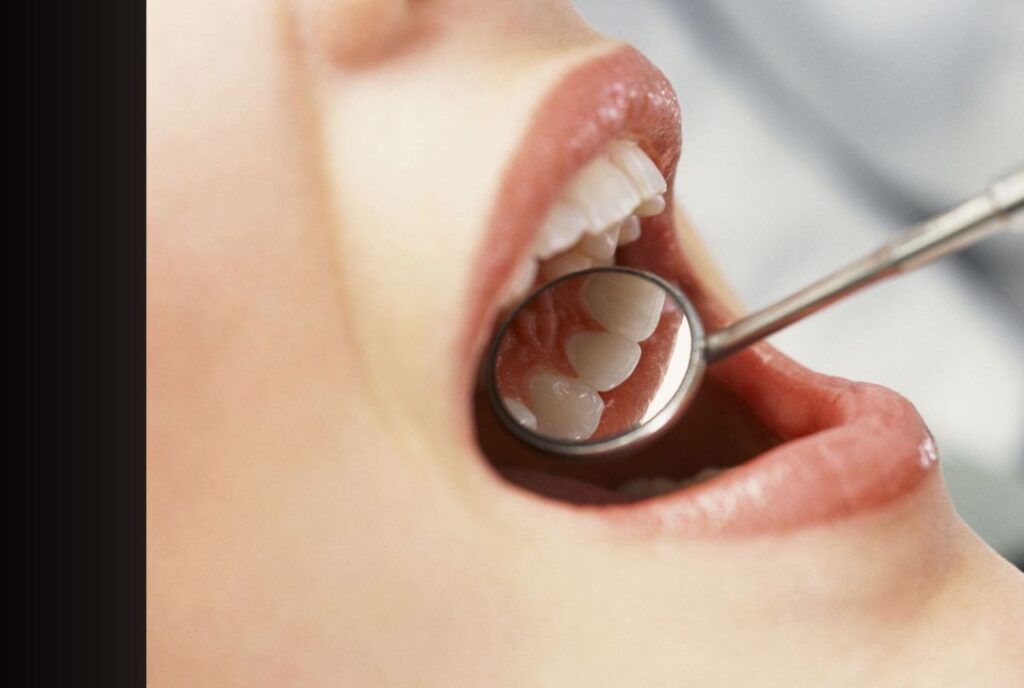![]()
In today’s fast-paced lifestyle, the side effects of sugar for students are becoming increasingly evident as they are exposed to sugary snacks, drinks, and processed foods. The widespread availability of sugar-laden products in school canteens, at home, and even in lunchboxes has led to an alarming rise in daily sugar consumption among children and adolescents.
According to global health reports, many school-aged children consume more than double the recommended amount of added sugars per day. Understanding the side effects of sugar for students is crucial as it directly impacts their physical health, emotional well-being, and academic performance.
At Cambridge International School Guwahati, we are deeply committed to promoting a culture of healthy eating by educating students and parents on the importance of balanced nutrition and reducing excess sugar intake.
Understanding the Harmful Side Effects of Sugar for Students
Added sugars refer to sugars and syrups that are added to foods during processing, distinct from naturally occurring sugars found in fruits and milk. While a moderate amount of natural sugar is acceptable, added sugars pose a significant risk to student health.
Health authorities recommend that children aged 2 to 18 should consume no more than 25 grams (6 teaspoons) of added sugar per day. However, dietary patterns have shifted drastically, with students often consuming sugar through sodas, breakfast cereals, packaged snacks, and energy drinks—many of which contain hidden sugars under names like fructose, corn syrup, and dextrose.
As these consumption habits continue to evolve, it is essential to educate students and parents about the long-term dangers of excess sugar, beginning with early awareness and healthy habits formed at school and home.
The 7 Major Harmful Effects of Sugar on Student Health and Performance
1. Cognitive Function and Learning Impairment
Sugar has a direct impact on brain function. High sugar intake can lead to poor concentration, reduced alertness, and difficulties in processing new information. Students may experience “brain fog”, making it harder to retain what they learn in class.
Several studies have linked high-sugar diets with lower academic scores and impaired memory, particularly in adolescents whose brains are still developing.

2. Mood Swings and Behavioral Issues
The initial “sugar rush” often gives way to a sudden drop in energy—leading to fatigue, irritability, and even anxiety. These blood sugar fluctuations can result in emotional instability and poor behavior in classroom settings.
Additionally, high sugar intake can disrupt sleep patterns, further exacerbating mood-related issues and reducing a student’s ability to cope with academic stress.

3. Increased Risk of Obesity and Weight Management Issues
Obesity in children is a growing concern, with sugar consumption playing a major role. Sugar-laden foods add empty calories without providing necessary nutrients, contributing to excessive weight gain.
This often limits students’ participation in sports and physical activities, affecting both their health and social confidence. Long-term weight management challenges can also begin in childhood due to poor dietary choices.

4. Development of Type 2 Diabetes and Insulin Resistance
Type 2 diabetes, once considered an adult disease, is now increasingly seen in children and teens. Regular consumption of high-sugar foods can lead to insulin resistance, a condition where the body cannot efficiently manage blood sugar levels.
Warning signs such as fatigue, excessive thirst, and frequent urination should not be ignored. Early diagnosis is crucial to prevent lifelong health issues.

5. Dental Problems and Oral Health Issues
One of the most immediate side effects of sugar for students is poor dental health. Sugar interacts with bacteria in the mouth to produce acid, which erodes tooth enamel and leads to cavities.
Dental problems can cause pain, missed school days, and difficulty eating or speaking. Sodas, candies, and sweetened juices are major culprits, making oral hygiene and preventive care essential.

6. Nutritional Deficiencies and Poor Diet Quality
High-sugar foods often replace more nutritious options in a student’s diet. When students opt for sugary snacks instead of fruits, vegetables, or whole grains, they miss out on key nutrients such as fiber, calcium, iron, and vitamins.
These deficiencies can hinder growth, weaken immunity, and affect mental development—especially during the critical learning years.

7. Increased Risk of Future Cardiovascular Problems
Children consuming high levels of sugar show early signs of heart disease, including high blood pressure, elevated triglycerides, and low HDL cholesterol. Excess sugar consumption can lay the foundation for serious cardiovascular issues in adulthood.
Research increasingly points to sugar—not fat—as a key contributor to heart problems, emphasizing the need for early dietary intervention.

Practical Tips for Reducing Sugar Intake in Students
Tackling the side effects of sugar for students begins with practical lifestyle changes. Schools can revise lunch menus to include more fruits, vegetables, and whole grains while eliminating sugar-sweetened beverages.
At home, parents should prioritize fresh meals over packaged snacks, and educate children on reading nutrition labels to identify hidden sugars. Gradual reduction strategies—like substituting sugary drinks with water or fruit-infused alternatives—can help students adjust more comfortably.
At Cambridge International School Guwahati, our healthy eating programs focus on nutrition workshops, awareness drives, and curated canteen menus that promote balanced meals and reduced sugar consumption for students of all ages.
Final Thoughts on the Side Effects of Sugar for Students
Excessive sugar intake among students can lead to a host of health issues—from impaired cognitive function to long-term chronic conditions. By understanding the seven major side effects of sugar for students, we can better advocate for healthier dietary practices both at school and home.
A balanced approach, with limited added sugar and nutrient-rich alternatives, supports not just physical growth but also academic and emotional development. Schools, parents, and students must work together to cultivate sustainable eating habits.
At Cambridge International School Guwahati, one of the best IGCSE schools in Guwahati, we believe in nurturing student well-being through strong nutritional education and mindful choices for a healthier future.










